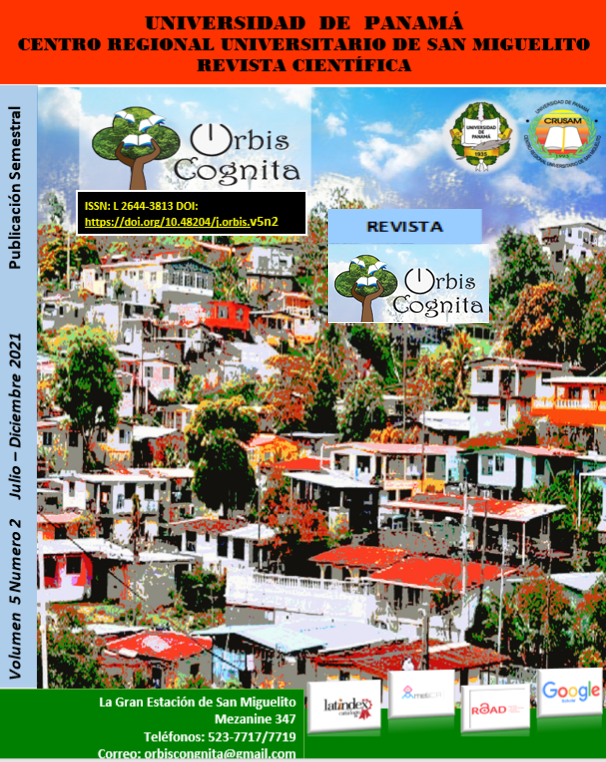

The headline in a print media, such as the press, expresses the macro-proposition of the semantic structure of the story in the journalistic written discourse that is carried out, this allows the reader, in a condensed way, to know about the news, hence its function informative. However, at times these are discordant with the news development, which distorts the notion of the text. Based on this, the following study is proposed with the purpose of analyzing the semantic ambiguity in the headlines of the written press nationwide. For this, analogical hermeneutics was considered as a method. Samples of the news journalistic genres were selected: news, review and report from the newspapers La Prensa and La Estrella de Panamá. From a time, point of view, the sample covers the information published from January to July 2020. As final considerations, it is proposed that the function of the headlines is more expressive, appealing or seductive than informative, so it does not contain the elements that allow him to understand himself to provide exact data of the news or event; in such a way that it assumes a character must be equivocal, playing deceit with the reader. The editors of the newspapers La Prensa and La Estrella de Panamá creatively use a whole range of linguistic figures that generate semantic ambiguity, these are: metaphors, hyperbole, colloquial language and personifications.